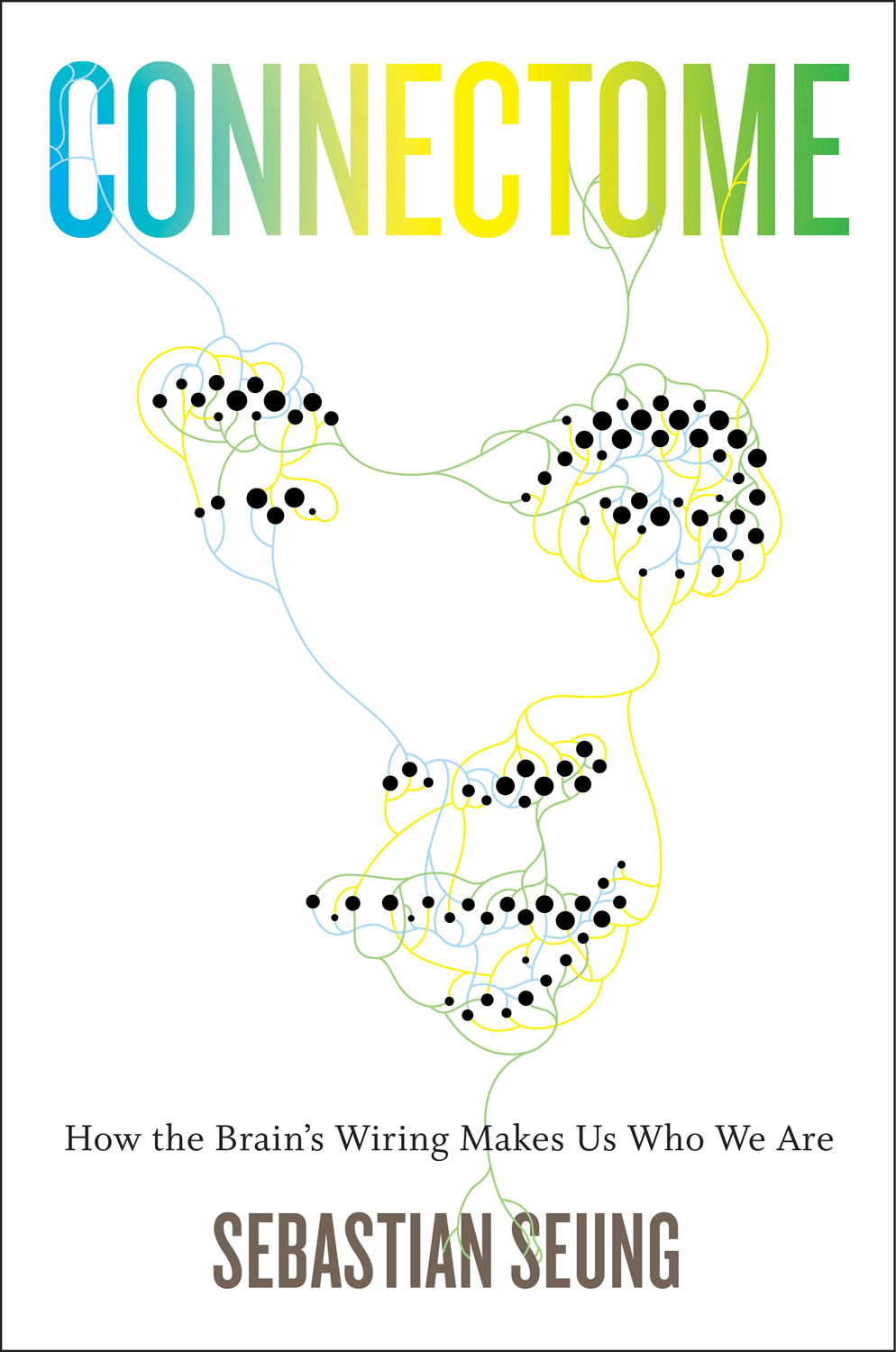
What makes us who we are? Of course, our genetic map, referred to as the genome, stores our hereditary information, but surely this is not all that there is to us. In fact, only a moment of reflection will help you to understand the impossibility of this. What about the memory of your first love? Is that in your genome? And think for a moment about your failures and the lessons you have learned as a result. That information is not genetic, right? The truth of the matter is simply that we have yet to understand the complexities of our development as whole human creatures and the qualities that make each of us unique. These are still mysteries we have yet to fully comprehend. But an ambitious and capable professor at MIT is working to change all of that.
Sebastian Seung, a professor of computational neuroscience, seeks to understand the complex relationship between neuronal connections and what we are as real people. The science may seem a little “mind-boggling,” but Seung, using clear language and his knack for story-telling, will help ordinary people to understand the vast network of neurons and their impact upon the development of what might be referred to as our human core, our hopes and dreams, our passions and fears. The implications are astounding. Seung, along with the help of colleagues, wants to map the “connectome,” a relatively new term used to refer to the intricate system of neuronal connections just mentioned. In Connectome: How the Brain’s Wiring Makes Us Who We Are, he provides an illustration of how these connections between neurons relate to the paths we take as people. More importantly, it may provide clues to the causes of serious conditions that in many ways hinder the functioning of people in society, like schizophrenia and bipolar disorder. Seung, who has received numerous accolades in a variety of contexts, is at the forefront of a field that promises to achieve many breakthroughs with regard to our understanding of human nature and the reasons behind certain behaviors. Connectome is extremely important for any reader interested in brain science or recent discoveries in neuroscience, but it should also be well-received by readers who generally wish to know more about discoveries involving what shapes us as unique human beings. For more information about the book and its ambitious author, look to the following website: http://connectomethebook.com/.






